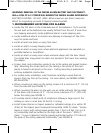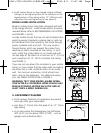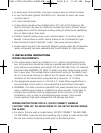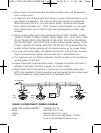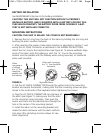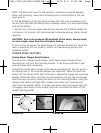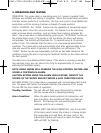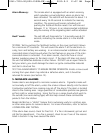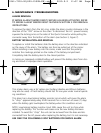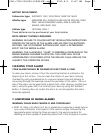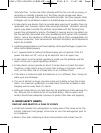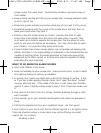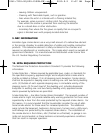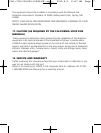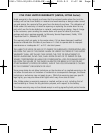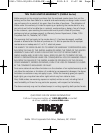- Leaving children unsupervised.
- Cleaning with flammable liquids, such as gasoline.
- Fires where the victim is intimate with a flaming initiated fire;
for example, when a person's clothes catch fire while cooking.
- Fires where the smoke is prevented from reaching the detector
due to a closed door or other obstruction.
- Incendiary fires where the fire grows so rapidly that an occupant's
egress is blocked even with properly located detectors
9. NRC INFORMATION
Ionization type smoke alarms use a very small amount of a radioactive element
in the sensing chamber to enable detection of visible and invisible combustion
products. The radioactive element is safely contained in the chamber and
requires no adjustments or maintenance. This smoke alarm meets or exceeds all
government standards. It is manufactured and distributed under license from
the U.S. Nuclear Regulatory Commission.
10. NFPA REQUIRED PROTECTION
The National Fire Protection Association’s Standard 72 provides the following
information:
Smoke Detection – Where required by applicable laws, codes, or standards for
the specified occupancy, approved single- and multiple-station smoke alarms
shall be installed as follows: (1) In all sleeping rooms Exception: Smoke alarms
shall not be required in sleeping rooms in existing one- and two-family dwelling
units. (2) Outside of each separate sleeping area, in immediate vicinity of the
sleeping rooms. (3) On each level of the dwelling unit, including basements
Exception: In existing one- and two-family dwelling units, approved smoke
alarms powered by batteries are permitted.
Smoke Detection – Are More Smoke Alarms Desirable? The required number of
smoke alarms might not provide reliable early warning protection for those areas
separated by a door from the areas protected by the required smoke alarms. For
this reason, it is recommended that the householder consider the use of addi-
tional smoke alarms for those areas for increased protection. The additional
areas include the basement, bedrooms, dining room, furnace room, utility room,
and hallways not protected by the required smoke alarms. The installation of
the smoke alarms in the kitchen, attic (finished or unfinished), or garage is nor-
mally not recommended, as these locations occasionally experience conditions
that can result in improper operation.
1261-7203-00(820-1552B-EN).qxd:_ 2010.9.2 11:57 AM Page 16



